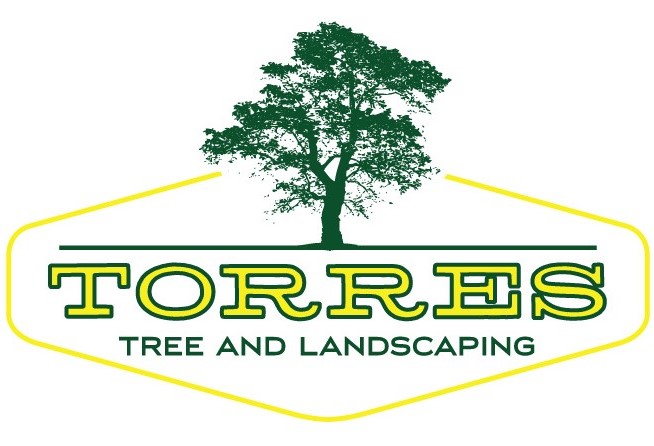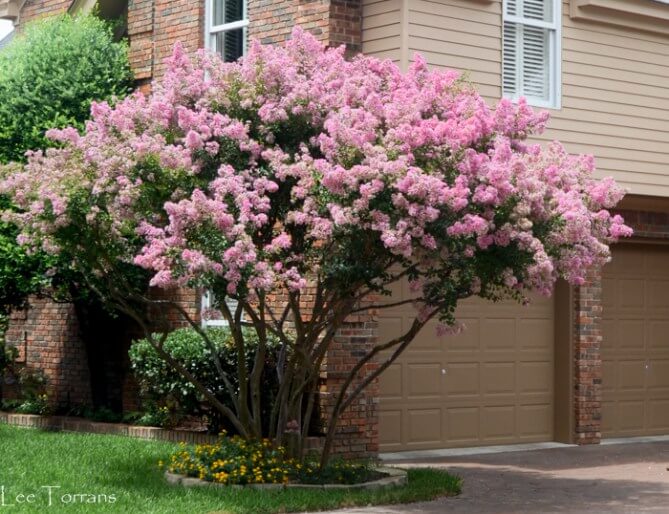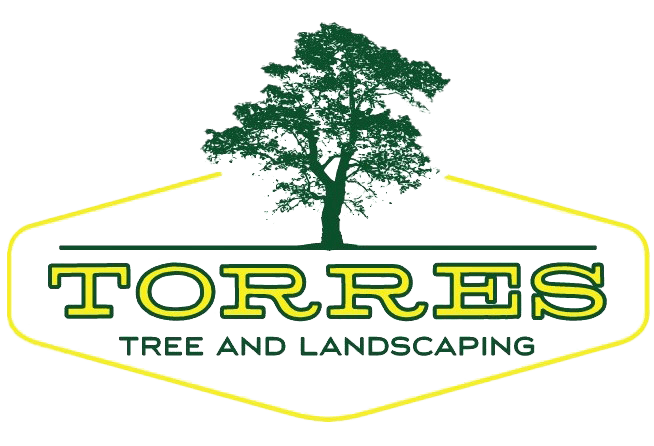Spring is a perfect time to embrace the beauty and benefits of trees by adding new specimens to your landscape. North Texas provides diverse growing conditions for a variety of tree species that thrive in the region’s unique climate.
In this article, we will explore some of the top trees in North Texas. From vibrant flowering trees to majestic oaks, these trees will enhance the beauty of your surroundings as well as, provide shade, improve air quality, and attract wildlife.
Crape Myrtle (Lagerstroemia indica)
Crape Myrtle is a beloved tree that brings vibrant color to North Texas landscapes. Known for its showy flower clusters that bloom in various colors, such as pink, purple, white, and red, Crape Myrtle is a true eye-catcher. These trees prefer well-drained soil and full sun exposure.
While relatively low-maintenance, Crape Myrtles can be prone to aphids and powdery mildew. Treating with insecticidal soap and practicing good airflow helps prevent these issues. Depending on the variety, Crape Myrtles can reach a height of 10 to 30 feet. Learn more about caring for crape myrtle trees.
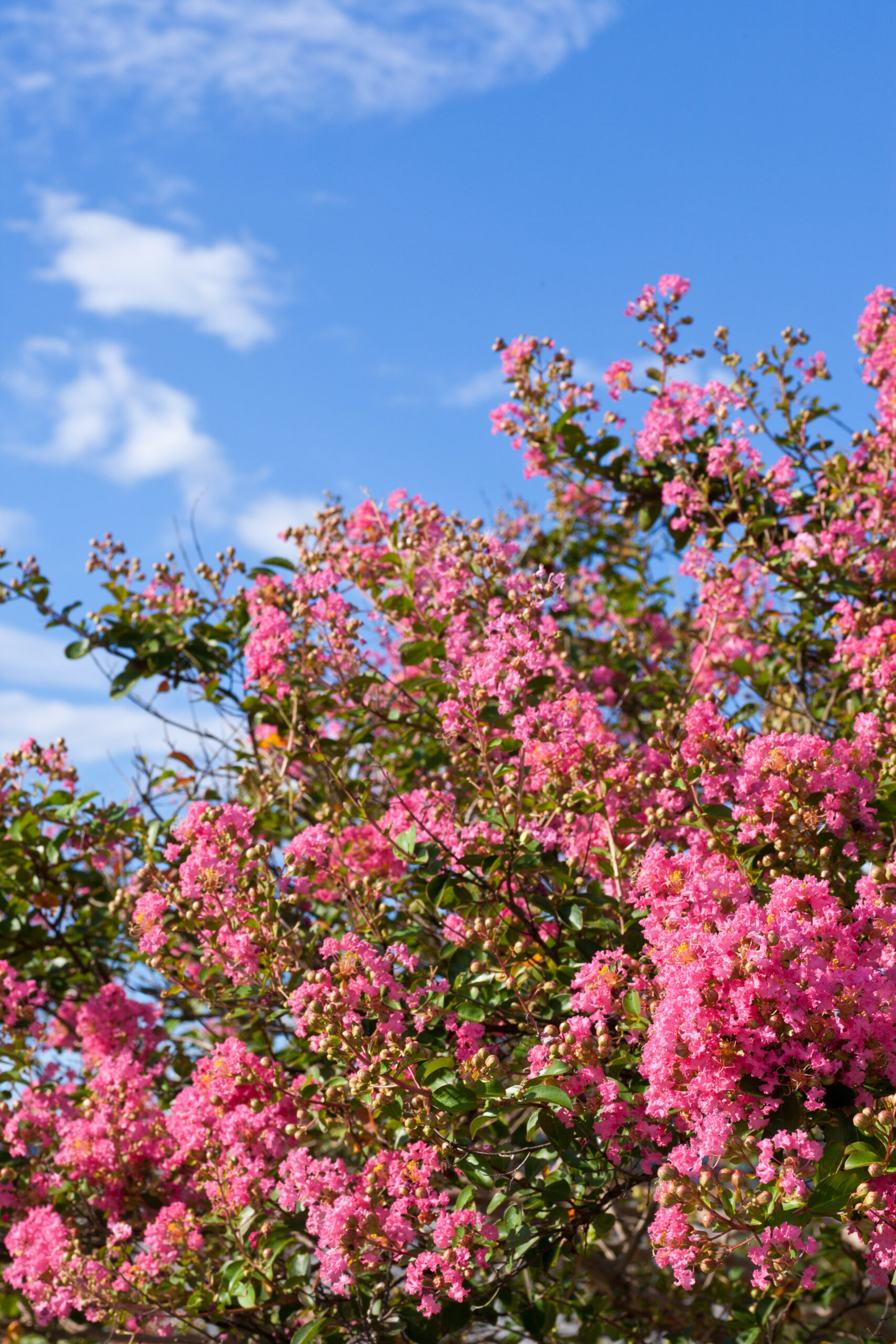
Texas Redbud (Cercis canadensis)
Redbuds are native trees that offer stunning visual appeal with their delicate pink or purple flowers that bloom before the leaves emerge. These trees thrive in well-drained soil and prefer partial shade to full sun exposure.
Additionally, they are generally resistant to pests and diseases, making them a low-maintenance option. They typically reach a height of 20 to 30 feet and provide an excellent understory tree option for North Texas landscapes.
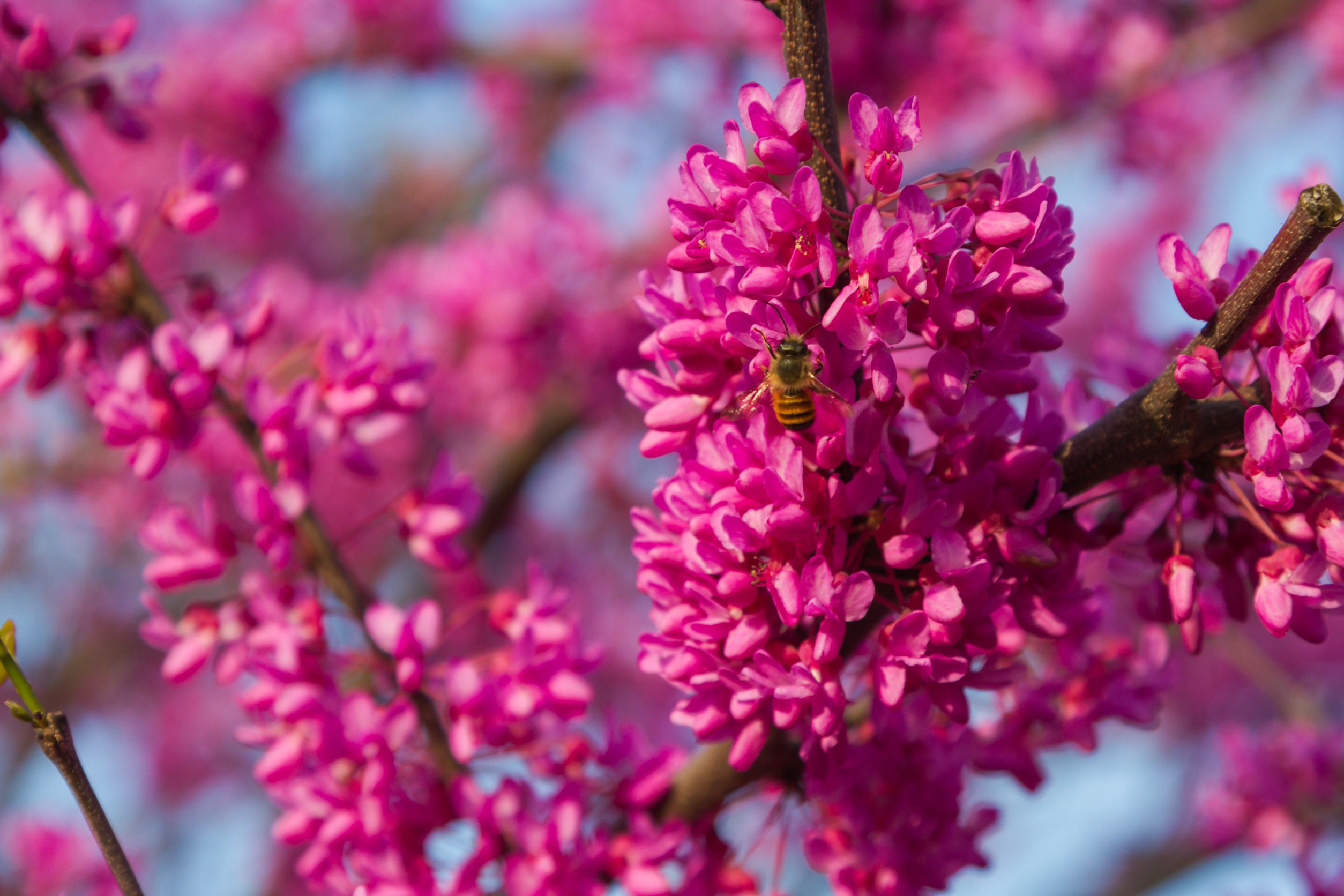
Mexican Plum (Prunus mexicana)
Mexican Plum is a tree native to Texas that adds beauty and benefits to any landscape. It showcases delicate white flowers in early spring, followed by small edible plums in the summer.
Mexican Plums thrive in well-drained soil and full sun exposure. While generally free from major pest or disease problems, occasional issues with fungal diseases may occur. This tree typically grows to a height of 15 to 25 feet and attracts birds and pollinators.
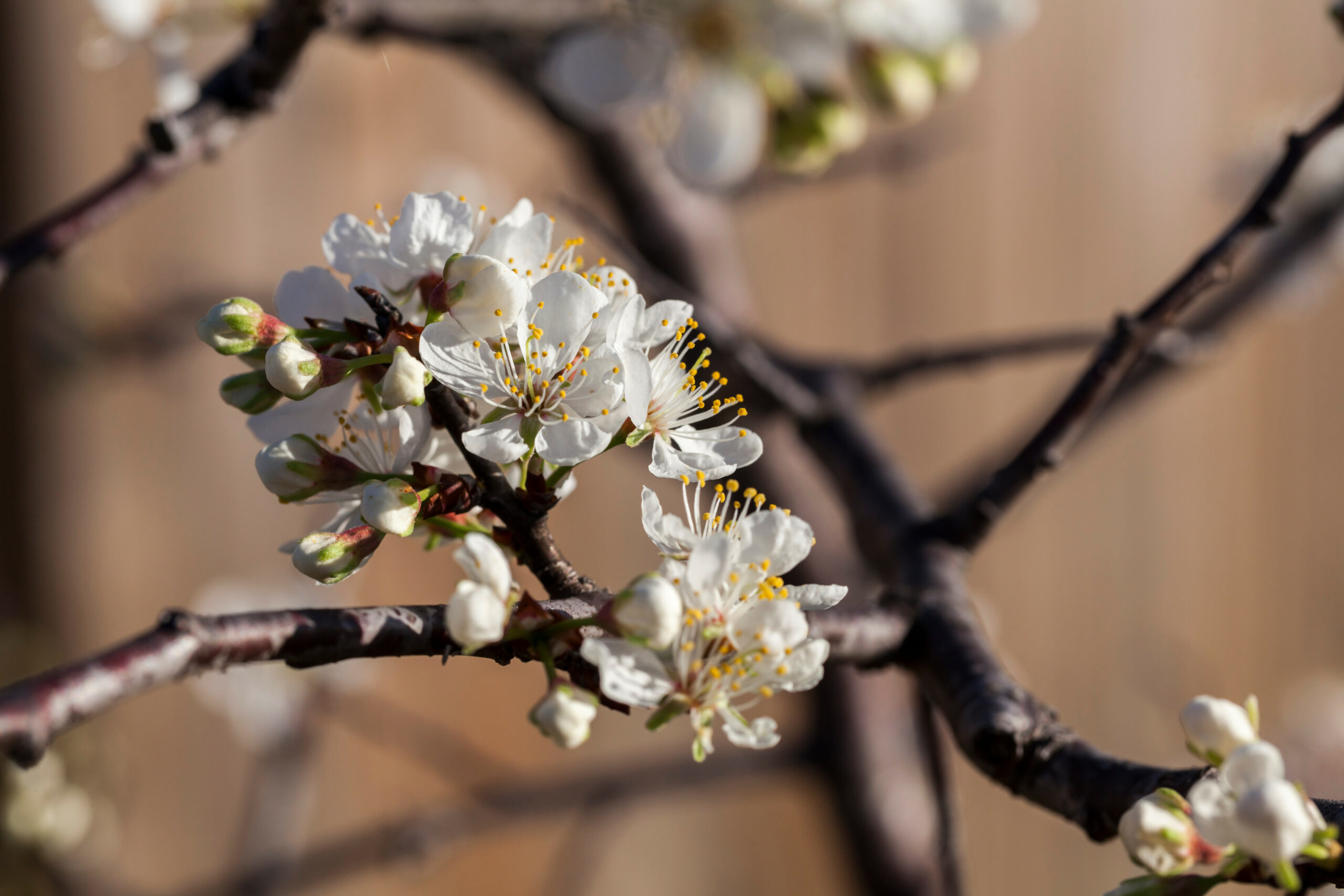
Oak Species (Quercus)
North Texas is home to a variety of oak species, including Post Oak, Bur Oak, and Shumard Oak. Oaks are known for their grandeur and longevity. These trees prefer well-drained soil and full sun exposure.
While generally resistant to pests and diseases, oak wilt can be a concern in the region. Proper trimming and care can help prevent this devastating disease. Check out our tree and shrub trimming service page.
Depending on the species, oaks can grow to impressive heights ranging from 50 to 100 feet. Read one of our articles and find out how to care for oak trees.
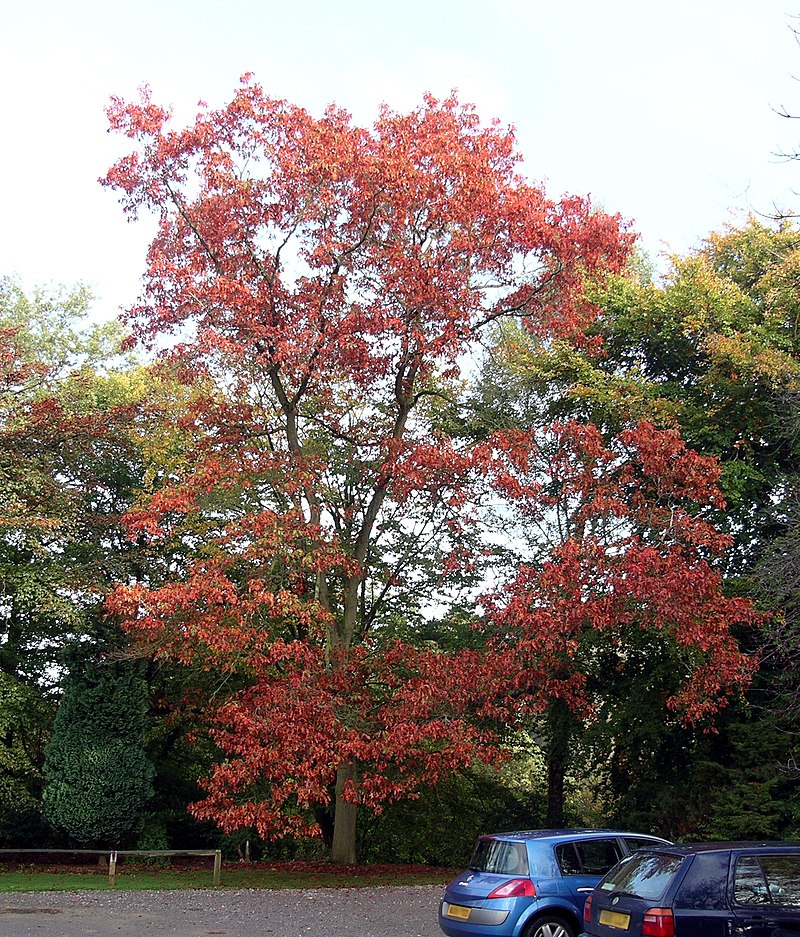
Vitex (Vitex agnus-castus)
Vitex or Chaste tree, adds a delightful touch to North Texas landscapes with its stunning spikes of purple, pink, or white flowers. These trees thrive in well-drained soil and full sun exposure.
This tree is relatively pest and disease resistant, making it a low-maintenance option. They typically reach a height of 15 to 20 feet and attract butterflies and bees with their fragrant blooms.
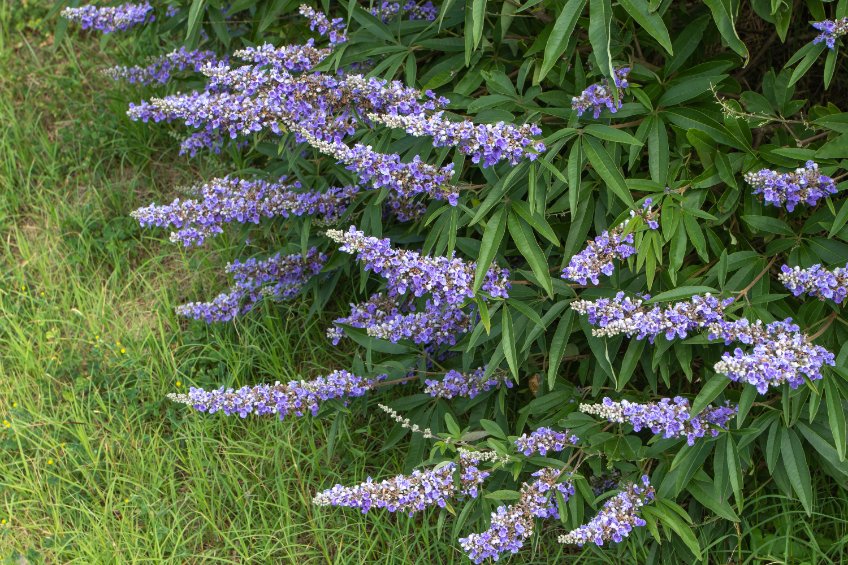
Wrapping up
Choosing the right tree species is crucial for success. If you incorporate any of these trees into your landscape, you won’t be disappointed.
By selecting the right trees and properly caring for them, you’ll create a thriving and captivating landscape that will be enjoyed for years to come.
